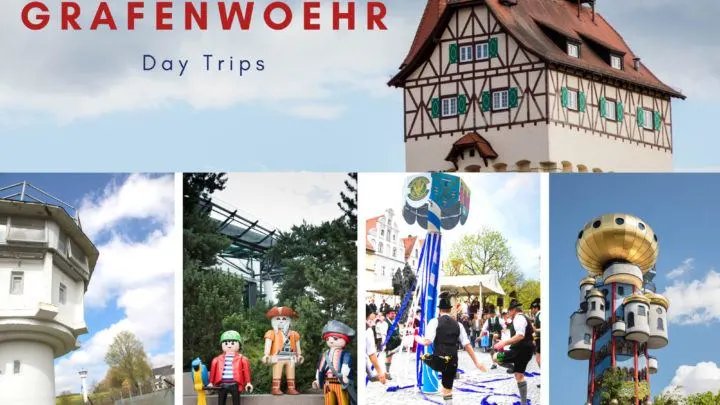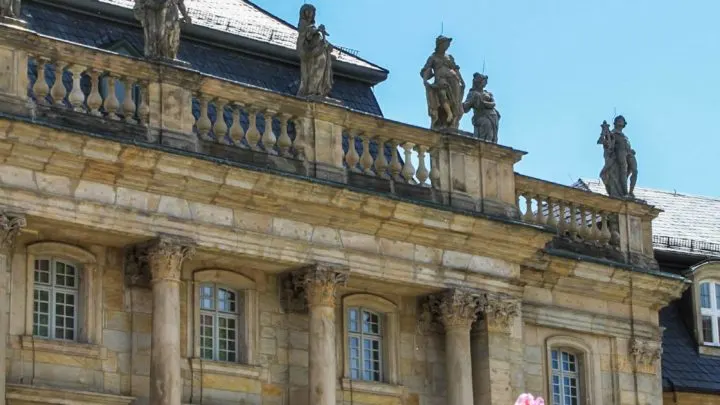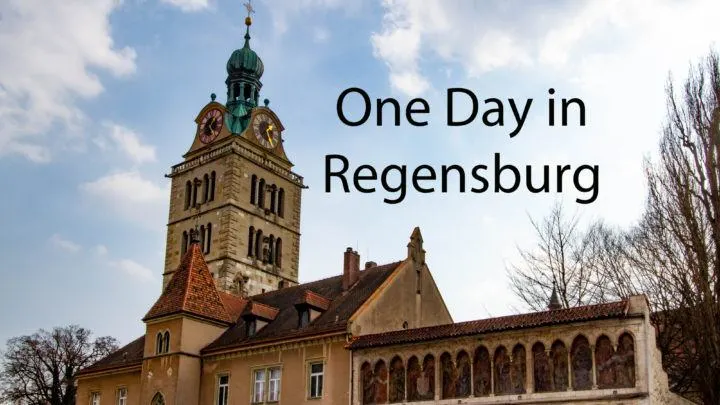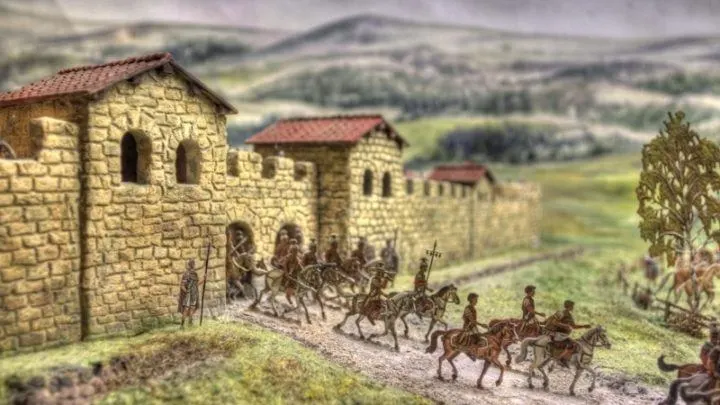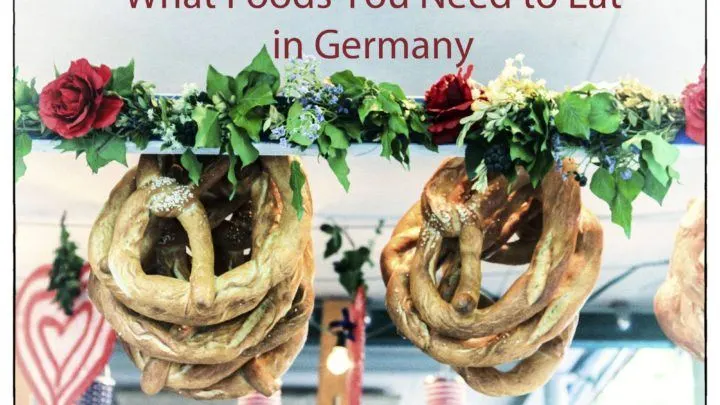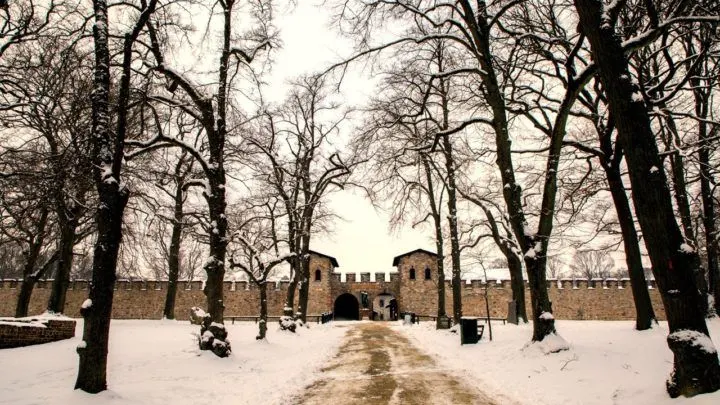Wouldn’t you love to visit the oldest city in Germany? After living here for over four years, we’ve got the best places to visit, eat, and sleep.
One summer, on a visit to Germany, we were traveling around our old stomping grounds. We took a boat ride on the Mosel, visited Luxembourg City and the World War II graveyard, and then we arrived in Trier. It felt like coming home. We had lived near the city for four years, and that was the place we went to lunch, to shop, to tour, and just to hang out. We missed it so much.
In this article:
- History of Trier, the oldest city in Germany
- Things to Do and See in Trier
- Trier Attractions Map
- Best Time To Visit Trier
- Getting to and Around Trier
Where is Trier Located?
Trier is located right on the Southwestern border of Germany, next to Luxembourg and France in the state of Rheinland-Palatinate. It’s a great city to base a lot of travel from. Trier is on the Mosel (Moselle) River, and therefore has always been a wine city since the Romans first came. The fantastic wine is just one of the reasons that Trier is worth visiting.
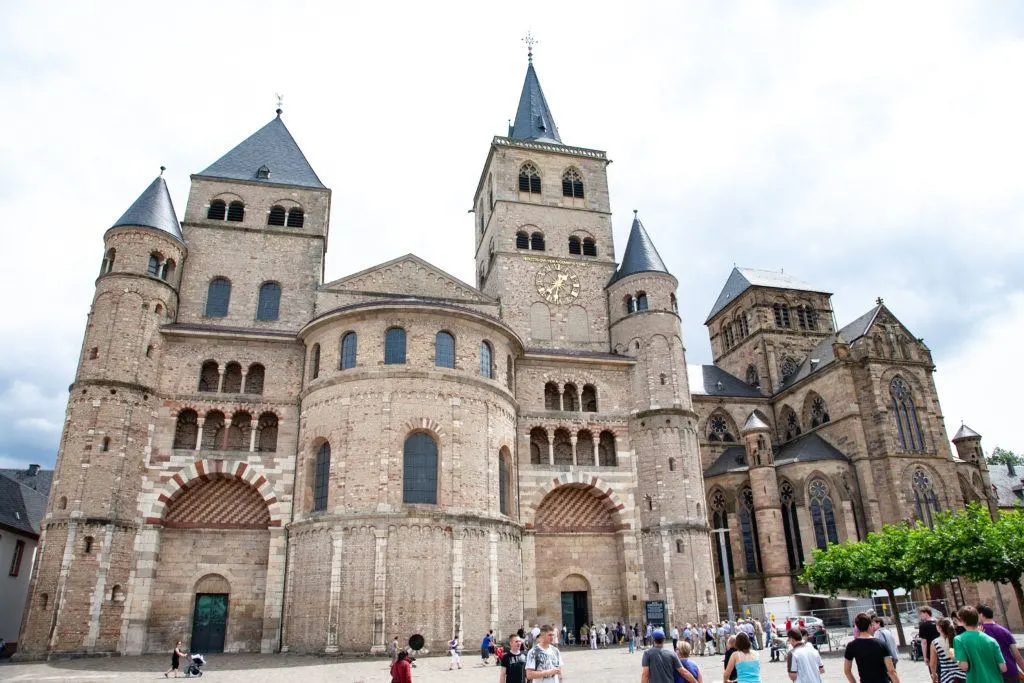
History of Trier
Trier is the oldest city in Germany, and therefore it’s one of the most famous and important cities to put on a travel itinerary. It has been inscribed on the UNESCO World Heritage list for its rich history, and is certainly on our list of world heritage sites in Germany.
The city’s history is recorded back to the Celts in the late 4th century BC and was conquered by the Romans in the 1st century BC (source). Called Augusta Treverorum, the city was the western Roman capital for another 400 years. It was also the main city of Christianity in the region and the residence of no less than eight Roman emperors (source).
It goes without saying that with this much wealth, Trier became one of the most important trading hubs and economic centers. Because of this, the French wanted the city, and succeeded in capturing it during the years 1794 and 1815. After the Napoleonic wars it became a part of the Prussian Empire and to this day remains German.
Things to See and Do in Trier
- Porta Nigra
- Hauptmarkt
- Dreikönigenhaus
- Basilica (Roman)
- St. Peter’s Cathedral
- Karl Marx Haus
- Roman Baths and Amphitheater
- Electoral Palace
- Roman Bridge
- Rheinisches Landesmuseum
As you walk across the street from the parking garage, the first thing you see is the impressive Porta Nigra, which was one of the four Roman gates protecting the city around 200 AD. It towers over the modern buildings of the city, as it has four stories of large dark stone. I can only imagine that if there were archers and sentries blocking my way, that I would be extremely leery of entering.
As people (read tourists) pass through the gate, they immediately see the Tourist Information center on the right, where you can take tours, ride the tourist train, and a myriad of other activities, and are then smack dab in the Hauptmarkt, the center of the city.
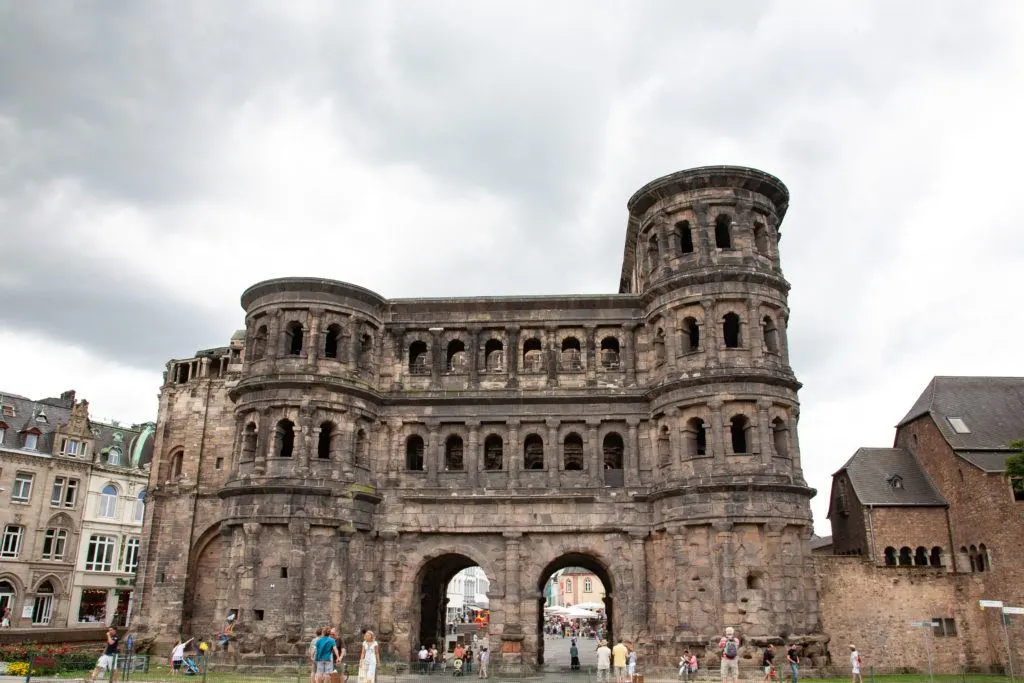
Porta Nigra
The most iconic sight in Trier, the Porta Nigra was built under Marcus Aurelius’ reign about 170 BC. The imposing gate made of thick stone has many windows for archers and would turn out to be a formidable defense for the city.
After the fall of the Romans, and with no need for a gate, a small chapel dedicated to St. Simeon was built on one of the floors which is why it was never destroyed. Parts have been rebuilt out of materials found at the time of renovation, so in some places you can pick out the materials, like bricks or a red stone which is found not far from Trier (source).
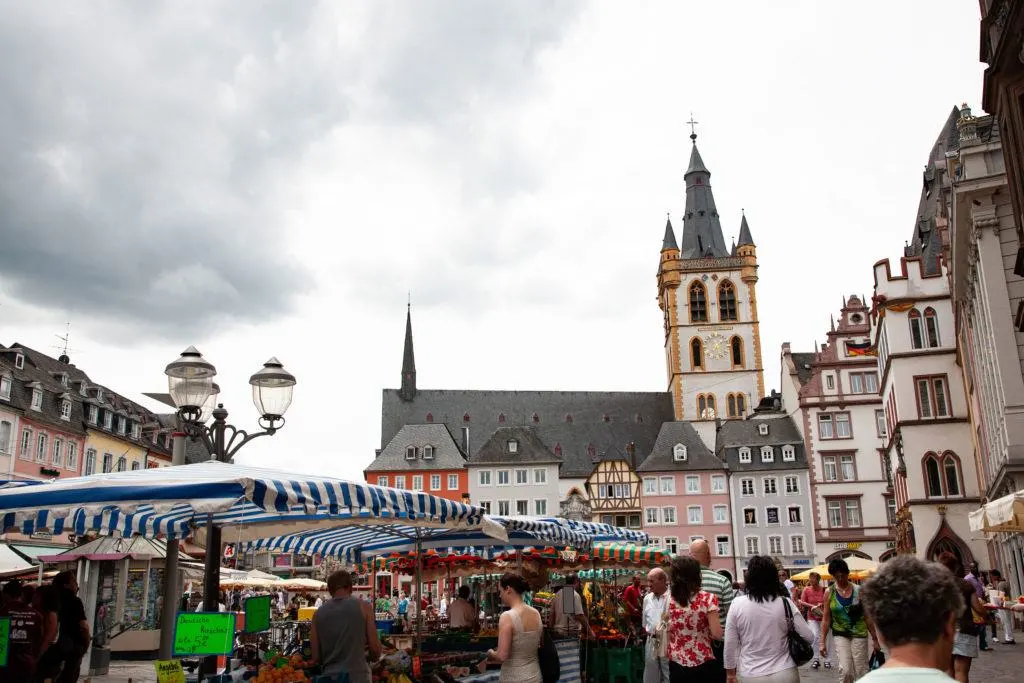
Hauptmarkt
Trier’s market area is one of my favorite places. I love wandering the square, gawking at half-timbered houses, stopping off at a konditoriei or café for a quick snack, and continuing to sightsee. The Hauptmarkt hosts a weekly Saturday market full of local vendors selling fresh, in-season produce, as well as a small but charming Christmas Market each year.
Other Germany Christmas articles:
- Top 5 Bavarian Christmas Markets Itinerary
- 7 Tips for Winning German Christmas Markets with Kids!
- Dresden Christmas Stollen and Parade
- Krampus Nights in Germany
Dreikönigenhaus
The Dreikönigenhaus or House of the Three Magi, is right in the middle of the market square. I remember the very first time I visited, and was shown the only entrance to this building on the second floor. Right away, it made Trier a magical place for me.
Explaining that the city was very dangerous during much of its history, the entrance was only accessible by a ladder that you could pull in when it wasn’t in use. Today the building is brightly painted with statues hung on the exterior. On the ground floor you’ll find a café to sit and watch the goings-on in the Hauptmarkt.
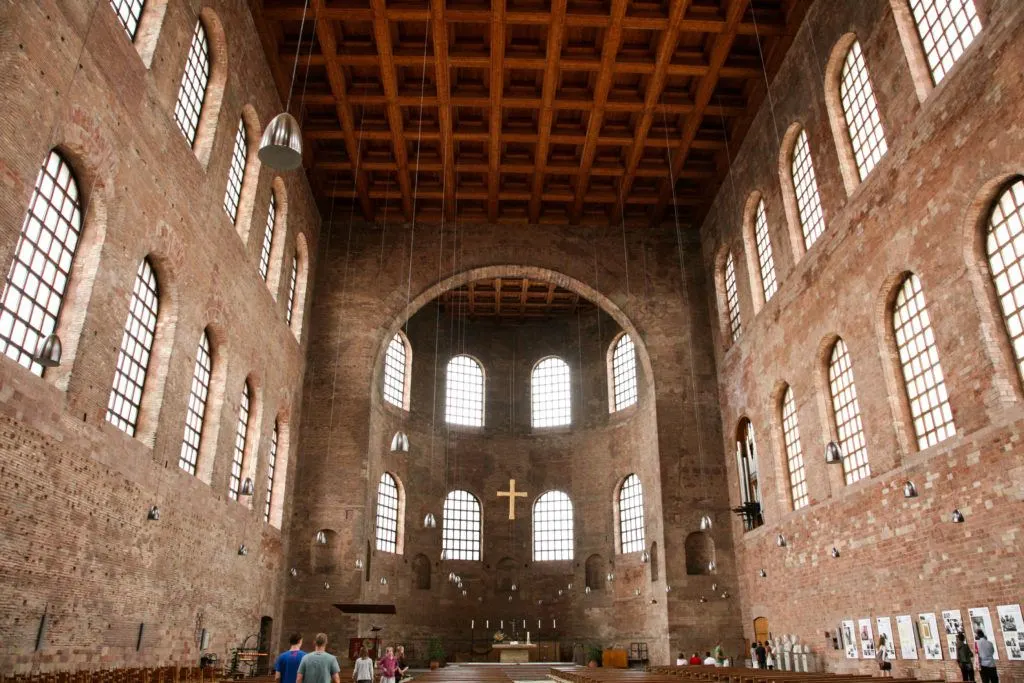
Basilica
Home to Constantine the Great, Augusta Treverorum (Roman name of Trier at the time) built the Basilica. It is known by a couple of names, Constantine’s Basilica or Aula Palatina. The emperor entertained audiences there, and after the Romans left it became a church (source).
Today, if you walk in, you will notice a distinct lack of decoration. The walls are quite high, luckily with windows, but there is not much to depict it as a religious building except maybe the rows of pews. Part of the world heritage designation, the Basilica is also known for it being the largest surviving building from Roman times.

St. Peter’s Cathedral (Dom)
The cathedral was originally commissioned by Constantine himself in 326 AD and is considered the oldest in Germany. Just like many other cathedrals, there are plenty of paintings, sculptures, crypts, and such. The one thing that this cathedral has that others haven’t is the robe of Christ.
Reportedly it came directly from Jerusalem via Constantine’s mother who made many pilgrimages to the holy city. This is the seamless robe that Jesus was supposed to be wearing during his crucifixion. Needless to say, it’s a very important relic, and pilgrims come from all over the world to see the room that it is kept in. The robe is shown on occasion, but I haven’t seen it.
Karl Marx House
The founder of modern communism, Karl Marx, was born in Trier in 1818, one of the facts that makes it a famous destination. The house where he was born is now a museum telling about his life and the book he wrote that changed many parts of the world, “Das Captital.”
His house is very near the Hauptmarkt, but you have to wind your way in the back part of it to find it. It’s located at Brückengasse #10. The museum is well put together with some interactive displays. You will definitely leave with a better understanding of his ideas.
Roman Baths and Ampitheater
These two spots are truly ruins. The baths are a tall brick structure where you can wander around. In Roman times it was a huge complex housing the baths and the work out rooms. The amphitheater is not much more than a grassy circle. However, it’s great for playing with kids and explaining to them what once took place there. Neither of these sites will take you more than just a few minutes, but they are integral parts of the reason that Trier is such a famous place to visit as they are part of the world heritage.
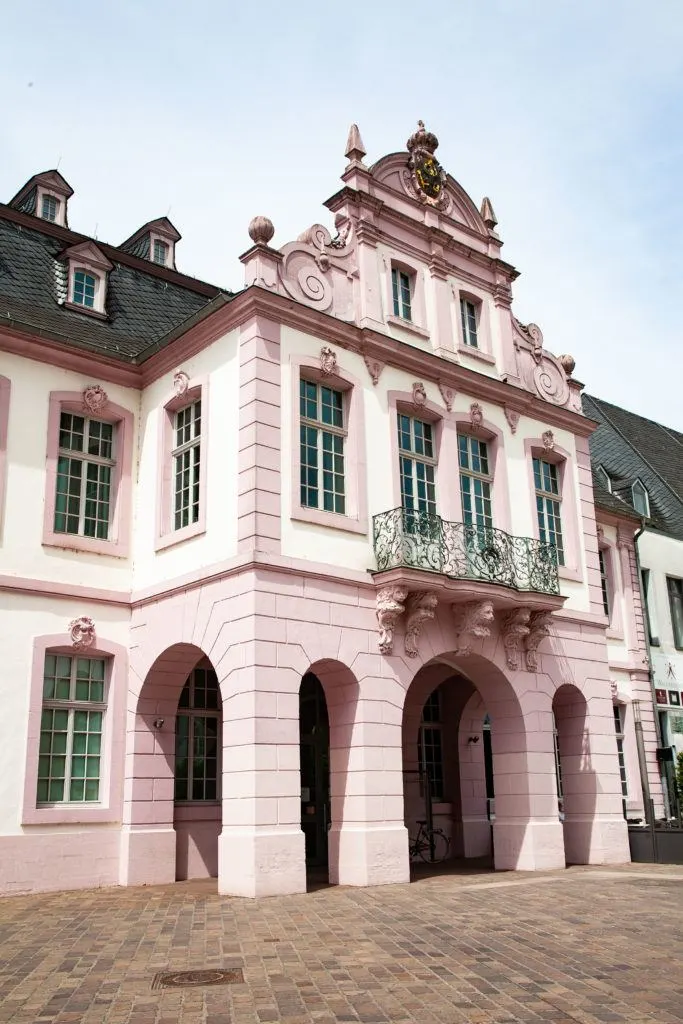
Electoral Palace
This pink rococo palace built for Emperor Constantine is a beauty. The Electoral Palace building is still used by the government, so touring the amazing interior is only open on specific days, so check the website or call before going. However, even if you can’t go inside, the palace exterior and gardens are spectacular so make sure to wander that way.
Roman Bridge (Römerbrücke)
According to the Trier Tourism website, the Roman bridge as it is now was first built upon a wooden bridge in the year 144, and for the last 1900 years has been used continuously. A beautiful site, there’s plenty to do down by the river.
Rheinisches Landesmuseum
If you are only going to visit one museum in Trier, make it the Rheinisches Landesmuseum. Even though the walking circuit takes you through 200,000 years of history, the main portion is all about the Romans in the area. The artifacts are impressive, and the most impressive is the “Trier Gold Horde,” these coins make up the largest Roman horde in the world.
Read our most popular articles on Germany!
– Winter in Germany
– Bavarian Christmas Markets ( + Itinerary)
– Variations of Schnitzel
– 5 Things You Didn’t Know about the Hofbrauhaus (Munich)
– Fairytale Rothenburg and its Christmas Market
Trier Walking Map
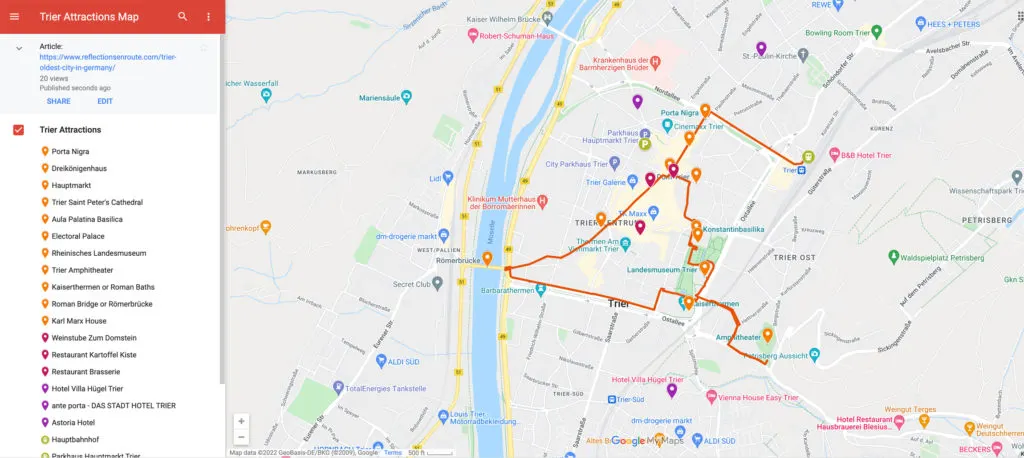
Best Time to Visit Trier
Trier has typical German weather. During the majority of the year, it can be damp and chilly. Only in the summer does the weather get pretty warm, but June is still part of the rainy period. For the best chance at having a warm and dry day, the three best months to visit are July, August, and September.
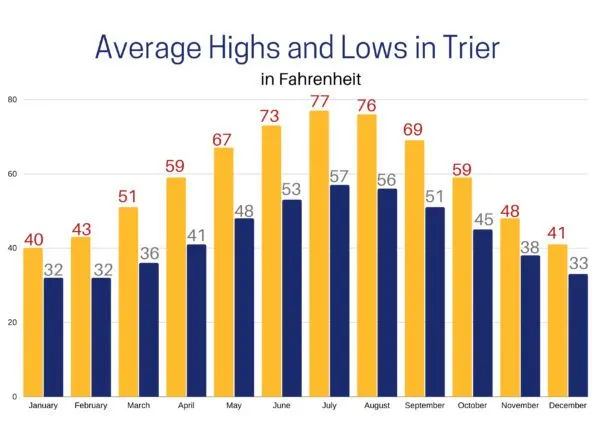
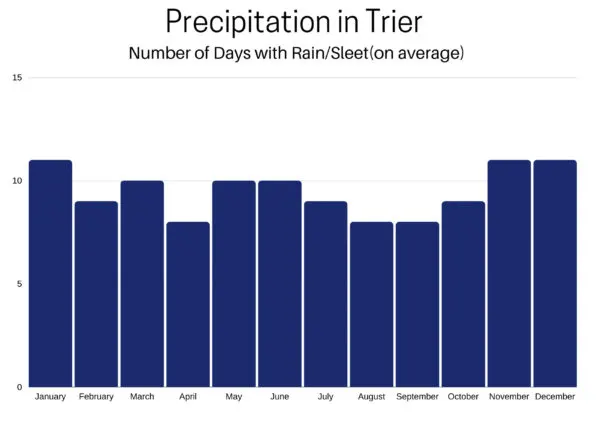
Getting To and Around Trier
If you are traveling around Germany, you may have flown into Frankfurt or another city. Trier is about a 2.25 hour drive from the Frankfurt Airport by car and no less than 3 hours by train. However, a closer airport is the one in Luxembourg.
Luxembourg City is only a 30 minute drive and I’ve found sometimes you can get better deals flying into that airport, since even though it’s an international airport, it’s very small. ANother option is Frankfurt Hah with flughts by Ryan Air. You can take a flibco shuttle bus from Hahn to Trier Hauptbahnhof.
Once in Trier, if you are arriving on foot, you will be happy to note that it’s a very walkable city. The Hauptbahnhof is only a 12 minute walk, so basically everything is right there. If you decide to venture further, the bus system goes everywhere and is very inexpensive and easy to use.
Where to Eat
As you can imagine, there are plenty of great restaurants and cafés in and around the Hauptmarkt and really throughout the city. I highly recommend trying some of the typical German dishes, but you can also find plenty of Asian and Italian places as well.
Domstein
One favorite is the Domstein Restaurant located next to the Basilica. It not only serves great modern German food, but it also is known for having some ancient Roman recipes on the menu as well.
Kartoffel Kiste
If you love potatoes, this restaurant on the pedestrian zone is perfect for you. Kartoffel Kiste celebrates the tuber in so many ways, from potato bread to potato soup, fried, baked, boiled, and any way you can imagine. It’s great for vegetarians (although there are plenty of meat options) and children too.
Brasserie Trier
To be honest, the reason I love Brasserie Trier is it serves the best beer. My favorite beer in Germany is Bitburger Pils which is brewed up the road a few miles It’s a bitter pils and goes so well with pork and beef.
Things to Do Nearby Trier
- Mosel River Boat Cruise
- Luxembourg City (about 40 minutes by car)
- Metz, France (a little over 1 hour by car)
- Frankfurt (about 2 hours by car)
Resources -Trier
Trier Tourismus and Marketing
Conclusion
As you can see, there is plenty to do in Germany’s oldest city. No matter what, the Porta Nigra alone is worth the trip. Hosting the best Roman sights in the country, and nestled between lots of Mosel River vineyards, it’s a great place to really enjoy some German culture.
Author Bio: Corinne Vail is a travel photographer, food lover, and a perpetual traveler who has been travel writing for over 14 years. For many years she lived overseas in Germany, Japan, Turkey, South Korea, and the Netherlands teaching the children of the US. military. She’s visited over 90 countries, and she’s not stopping anytime soon.

